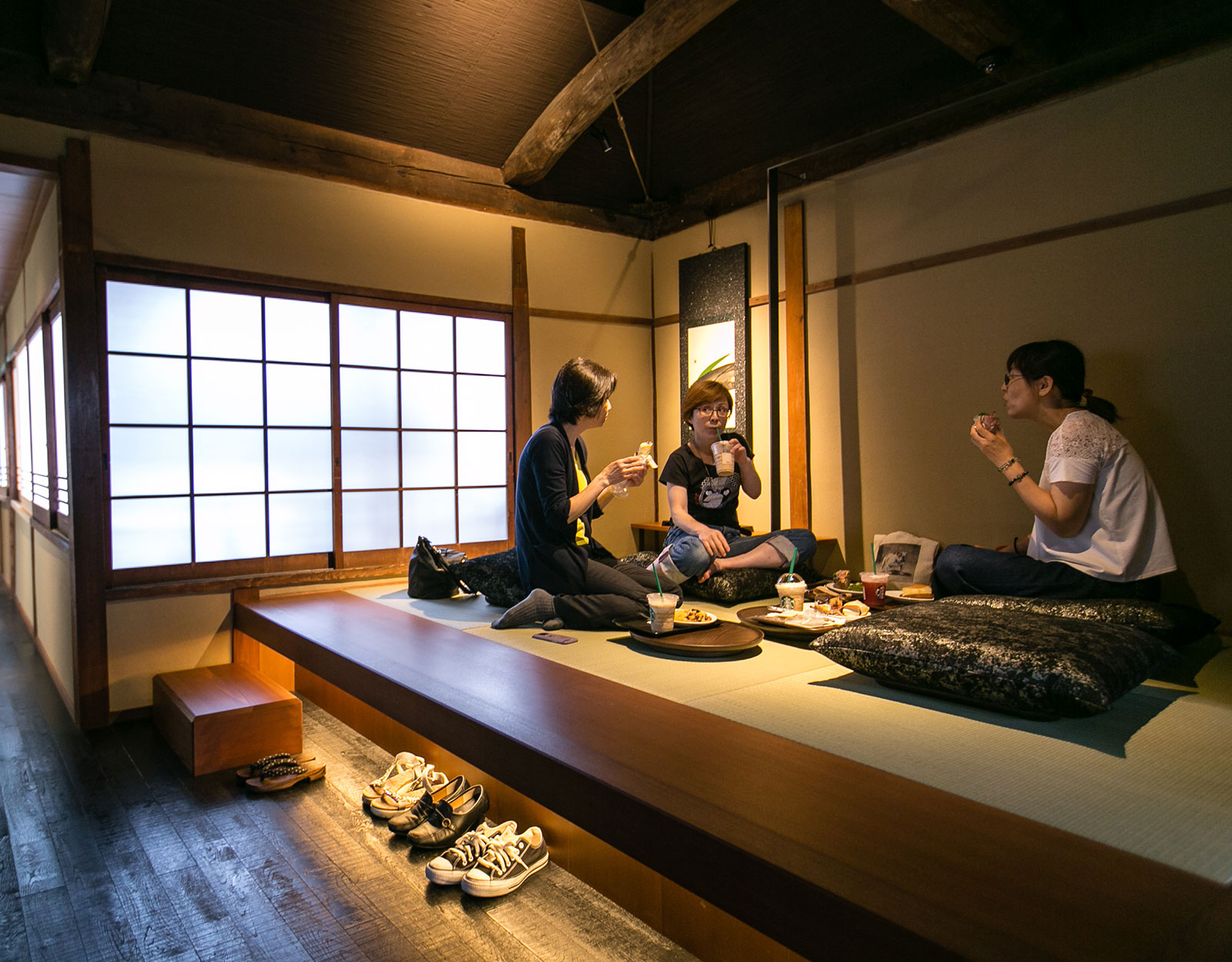Separated from the whole world, the Japanese islands have developed peculiar cultural traditions and rules of behavior in society, which tourists need to know about.
In addition to the generally accepted customs and border bans on the import of weapons, drugs and pornography, it’s worth to be acquainted with some unwritten features of the national mentality and understanding what tourists cannot do in Japan.
Here is the detailed tourist’s guide on cultural dos and don’ts in Japan: keep reading this post to get information about etiquette norms and manners, so you can avoid getting into an awkward situation.
Tea and Food Etiquette
A separate guide can be written about how to behave at the tea ceremony or how to behave at the table.
For example, don’t stuck chopsticks in a pile of rice in your bowl. Japanese do this only at funeral ceremonies.

How to Wear Backpack
It’s better to take with you a small bag for everyday things that may be needed during day tours.
It can be extremely uncomfortable to wear backpack: you will definitely be asked to take it off and leave it at the entrance when visiting museums, temples, Japanese castles, exhibitions, art galleries.
The reason is that a backpack can accidentally touch some fragile exhibit or relic. Moreover, tourist backpacks are usually quite voluminous and can be a reason for discomfort for people standing behind.

Barefeet in Japanese culture
Upon your arrival to Japan, first of all visit the store where you can buy comfortable shoes, preferably without fasteners and laces so that they can be easily removed and put on.
In Japan, you will be constantly forced to take off your shoes while still wearing your socks. This is how you’ll be asked to enter Shinto shrines, traditional Japanese restaurants, attend tea ceremonies, and the homes of locals who invited you to visit.
Very important detail: don’t wear shoes on bare feet. Always put on fresh socks (tights) first. In Japanese dwellings and restaurants, in tea houses, the floors are covered with flooring – tatami. It is a beautiful multi-layered mats made of straw, reed, grass and fabric. It’s not allowed to step on them with shoes on. But it is indecent to walk barefoot on the tatami.
You should also change your shoes before visiting bathroom. There are light slippers on a special rug at the entrance to the bathroom. Put them on while entering the bathroom and leave on the rug.

If you appear in toilet slippers outside the bathroom, you need to know – those present will be shocked.
Temple Etiquette in Japan
Visitors to the temples usually put their shoes in lockers or on shelves at the entrance. But there are also such locations where the exit is arranged through another door. In such cases, put your shoes into a bag and take it with you. Carrying shoes in your hands without a bag is indecent.

Think about this in advance and always take with you bag for shoes. It will definitely come in handy if you go on a trip to Kyoto – the city of temples.
By the way, a spare bag is also useful to throw out the trash.
Prohibition signs in Japan
Along with the hieroglyphs on road and street signs, there are universal signs and pictograms that are understandable and accepted in all countries all over the world. Just like on the streets of your city, a banner with a crossed-out cigarette means that it is prohibited to smoke.
But there are also certain prohibition signs understandable to Japanese only. For example, if there is a stone in the middle of a garden path, it means that there is no need to go further. Sometimes, for greater expressiveness, the “forbidden cobblestone” is tied with a bright rope.
If it is necessary to stop the movement of pedestrians along the alley of the park, they will not install a metal fence with a sign “No entry!”. Instead of this, you can see an inconspicuous bamboo stick lying on pebbles across the alley.
In Japanese gardens, you should only step on the stones that pave the paths. Moss and grass grow green between them. It is absolutely impossible to step on this vegetation. In search of an angle for a selfie don’t step on decorative lawns – this is a very reprehensible act, indicating disrespect for the work of the creators of the garden.






